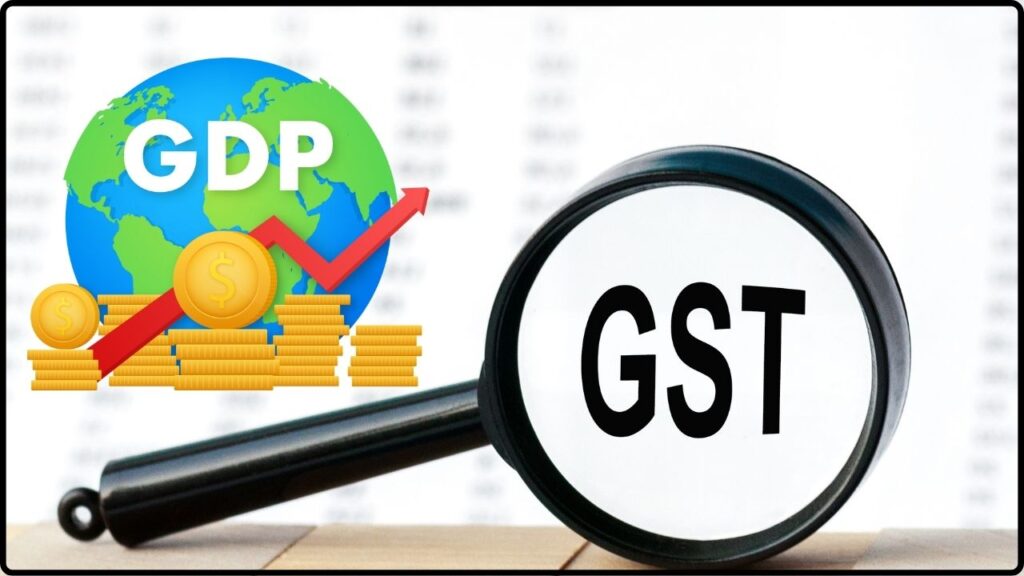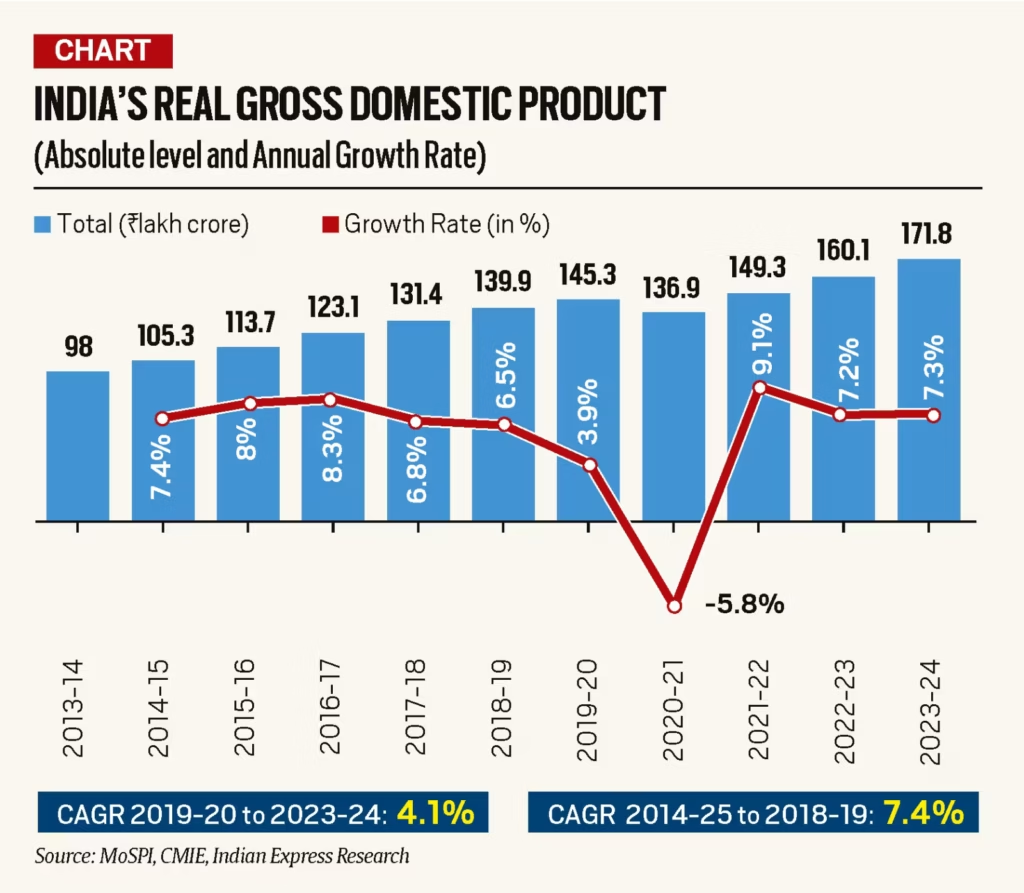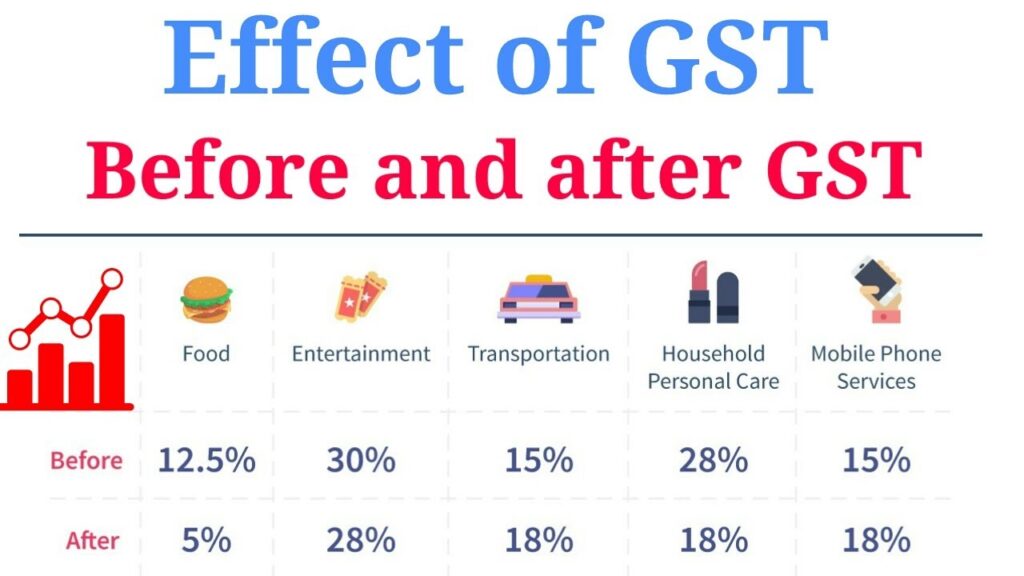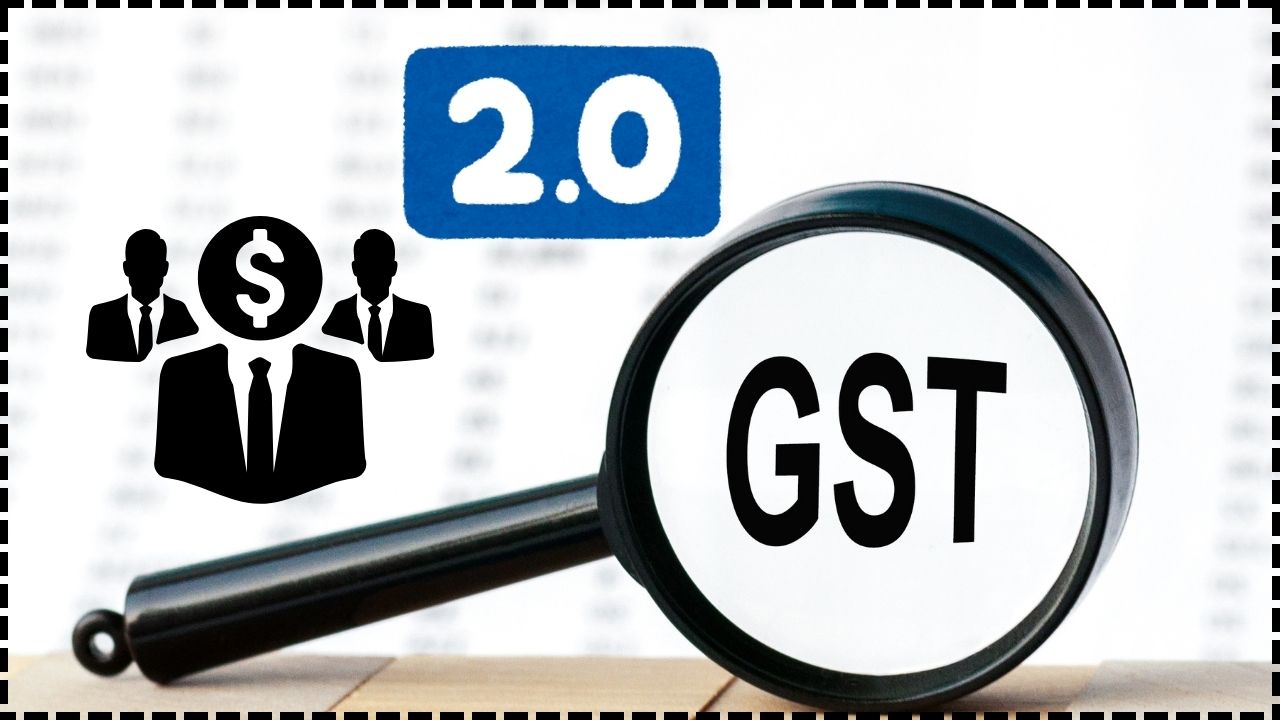
GST Reform Under UPA And NDA: When it comes to India’s economy, few topics stir as much debate as GST reform under UPA and NDA – impact on GDP growth explained. For millions of businesses and over a billion consumers, this reform wasn’t just about taxes—it was about reshaping how the economy works.
The Goods and Services Tax (GST) is India’s most ambitious tax reform, aiming to unify a fragmented system, make business easier, and fuel growth. The UPA (United Progressive Alliance) laid the groundwork but never got it across the finish line. The NDA (National Democratic Alliance) actually launched GST in 2017 and is now fine-tuning it through major reforms, including the 2025 overhaul. This article breaks down how GST began, how it evolved under both governments, and how it continues to shape India’s GDP growth, using examples, clear explanations, and expert data.
GST Reform Under UPA And NDA
The story of GST reform under UPA and NDA – impact on GDP growth explained is one of persistence and transformation. UPA planted the seed, NDA harvested it, and the 2025 reforms are giving it fresh momentum. Despite initial hiccups, GST simplified India’s tax system, improved transparency, and boosted revenues. Its impact on GDP has been positive, though uneven across sectors. With ongoing reforms, GST is set to be a cornerstone of India’s growth strategy. For businesses and professionals, the lesson is clear: adapt to reforms, leverage opportunities, and keep an eye on policy changes. Much like upgrading from dial-up internet to high-speed broadband, GST may have had a rocky start, but once it stabilizes, there’s no going back.
| Key Aspect | Data / Insight | Source / Reference |
|---|---|---|
| UPA Government (2004–2014) | Proposed GST in 2011 through the 115th Amendment Bill | Wikipedia |
| GDP Growth UPA Era | ~8% quarterly growth average | NDTV Profit |
| NDA Government (2014–Present) | Passed GST in 2016, rolled out in July 2017 | 101st Amendment |
| GDP Growth NDA Era | Average ~6.2% quarterly | NDTV Profit |
| Post-GST Impact (2017–18) | GDP rose from 7.1% to 7.7% | Avalara |
| 2025 GST Reform (Latest) | Expected GDP boost of 0.5–0.8% | Reuters |
| Revenue-GDP Link | 1% rise in GST revenue = 0.56% rise in GDP | GIPE Study |
The Pre-GST Era: A Messy Web of Taxes
Before GST, India’s tax system was notoriously complex. Businesses had to juggle:
- Excise duty on manufactured goods.
- Service tax on services.
- Value Added Tax (VAT) at the state level.
- Octroi, entry tax, and purchase tax on goods moving across state borders.
This led to a cascading effect of taxes—a tax on tax. For example, a car manufactured in one state could be taxed during production, taxed again while crossing state lines, and taxed yet again when sold in another state. This raised costs and made India less competitive globally.
Logistics costs alone made goods in India 30–40% more expensive compared to global markets. GST was designed to solve these inefficiencies.

UPA Era: Planting the GST Seed
The UPA recognized these inefficiencies and proposed the 115th Constitutional Amendment Bill in 2011 to introduce GST. However, disagreements between the central and state governments blocked progress. States feared losing revenue and autonomy, and political opposition made consensus difficult.
Still, the UPA deserves recognition for putting GST on the national agenda. During their rule, GDP growth averaged around 8%, one of India’s strongest economic periods. Though GST didn’t launch under UPA, the foundation was laid.
NDA Era: Rolling Out GST
When the NDA came to power in 2014, it prioritized GST as a flagship reform. After extensive negotiations with states, the 101st Constitutional Amendment was passed in 2016. On July 1, 2017, GST officially replaced multiple indirect taxes.
Immediate Impact
- GDP growth ticked up from 7.1% (2016–17) to 7.7% (2017–18).
- The launch wasn’t smooth: businesses faced technical glitches in the GST Network (GSTN), confusion about which slab applied to which product, and compliance headaches with monthly return filings.
- The informal economy, which relied heavily on cash, struggled as GST required digital compliance.
Long-Term Benefits
Despite teething problems, GST delivered:
- Greater transparency by bringing more businesses into the formal sector.
- Simplified logistics, cutting transport delays and costs.
- Improved tax collection, with revenues hitting record highs in 2023 and 2024.
However, growth in the NDA era has averaged 6.2%, lower than the UPA’s 8%. Part of this slowdown is tied to global economic conditions, demonetization, and COVID-19—not GST alone.

Global Comparison: How GST Reform Under UPA And NDA Stacks Up
India is not alone in using GST. Countries like Canada, Australia, and Singapore have adopted similar systems, while the European Union uses VAT.
- Australia: Flat 10% GST on almost everything—simple and efficient.
- Canada: Dual GST and provincial sales tax. Some provinces harmonized them into HST (Harmonized Sales Tax).
- Singapore: Single GST rate of 9% from 2024, applied uniformly.
India’s challenge? Too many slabs (5%, 12%, 18%, 28%), making it more complex than global peers. Economists suggest moving toward two or three slabs for greater efficiency.
The 2025 GST Reform: India’s Big Bet
In August 2025, India announced another overhaul: simplifying slabs and cutting rates. This reform aims to boost household spending and revive consumption, which makes up 60% of India’s GDP.
What Experts Say
- IDFC First Bank: GDP could rise by 0.6%.
- Citi Research: Households may gain 0.7–0.8% of GDP in disposable income.
- Jefferies & Morgan Stanley: Estimate a 0.5–0.7% boost.
- SBI Research: Predicts consumption up ₹1.98 lakh crore, even with annual revenue losses of ₹85,000 crore.
This shows how GST reforms are directly tied to consumer demand and GDP growth.

Sector-Wise Impact of GST
Manufacturing
GST reduced logistics costs by removing state borders and multiple levies. Trucks now spend less time at checkpoints, saving fuel and time.
Retail and FMCG
Lower tax rates on essentials like food and clothing boosted consumer demand. Companies streamlined supply chains, reducing overheads.
Real Estate
Initially, GST raised property costs (18% tax on under-construction homes). Later reforms eased this burden, making housing more affordable.
Services
Service tax rose from 15% to 18% under GST, impacting sectors like telecom and hospitality. But in the long run, increased transparency and formalization benefited service providers.
Challenges and Criticisms
Despite its benefits, GST has faced criticism:
- Too many tax slabs confuse consumers and businesses.
- Compliance burden for small businesses, especially those without access to digital systems.
- IT glitches in GSTN led to missed filings and penalties.
- Revenue disputes between states and the center created political friction.
In short, GST’s design was ambitious, but its execution still leaves room for improvement.
Practical Tips for Businesses and Professionals
- Invest in accounting software to automate filings and avoid penalties.
- Understand your product’s slab—misclassification can cost dearly.
- Track reforms closely—slabs and exemptions change frequently.
- Plan cash flow around GST payments, especially for small businesses.
GST Reform May Cost Billions in Revenue – But Could Lower Costs Fuel Spending?
Small Cars May Get Cheaper Under New GST Reform – But Luxury Cars to Stay Costly
Will Modi’s GST Reforms Tame Inflation and Push RBI Toward Cuts?
Future Outlook
Looking ahead, India is expected to simplify GST into two or three slabs, aligning it with international best practices. Strengthening the GSTN digital backbone will also help businesses file easily and avoid compliance fatigue.
If the 2025 reforms deliver as expected, India could add 0.8% GDP growth annually, a huge gain for the world’s fifth-largest economy. For entrepreneurs and professionals, staying informed and adaptive will be key to thriving under the evolving GST framework.










